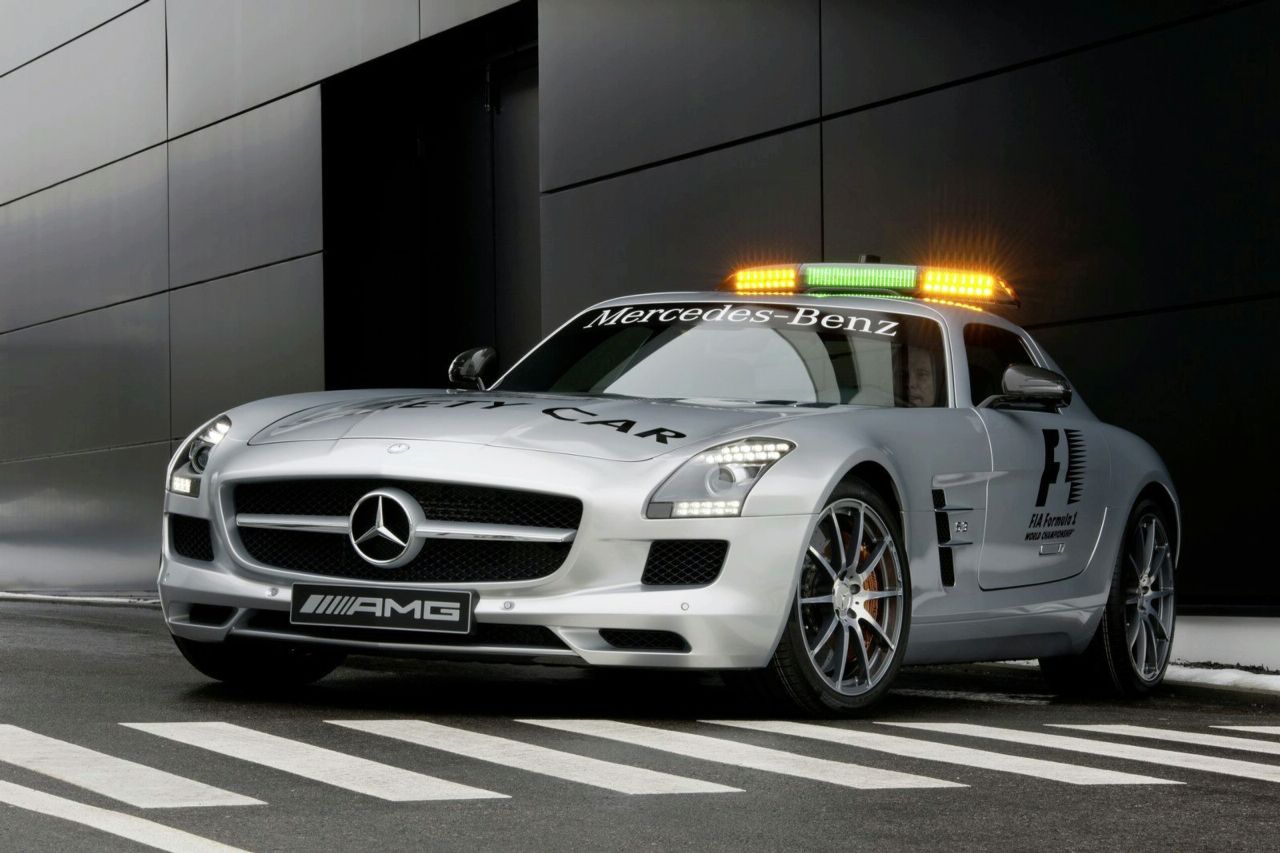At the 2023 Canadian GP F1 celebrated several accomplishments, Verstappen’s’ 41st race win, Red Bulls‘ astonishing milestone scoring 100 race wins, and the 50th Anniversary of F1 Safety Cars. Formula 1 shared a post on Twitter to commemorate the momentous occasion, showing off the stunning 2023 safety cars.
The 2023 safety cars have come a long way from the F1 safety cars in the past, being designed for one goal, ensuring the safety of the marshals around the track under yellow flags by piloting twenty F1 cars without interrupting the grand prix. In 50 years, F1 has seen some bewitching safety cars.
The first safety car at the Canadian GP was Porsche 914
Did you know our Safety Car recently celebrated it's 50th anniversary of running at the #CanadianGP? 🥳
We thought it'd be apt to look back at the different variations of Safety Car we've seen over the years! ✨#F1 pic.twitter.com/zHlt6hQt9S
— Formula 1 (@F1) June 22, 2023
The 1973 Canadian GP was hosted at the drenched Permanent racing facility in Mosport Park, Canada. On lap 32 of the race the first safety car was deployed, a yellow Porsche 914 driven by former F1 driver Eppie Wietzes, who stayed in front of the drivers by mistake and ruined the race.
Safety cars were brought back to the sport twenty years later in the 1992 season.
The 2023 season boasts two head-turning safety cars and one medical car. A red Mercedes AMG GT Black Series with a four-liter twin-turbo V8 which produces a ground-shaking 730 horsepower, the Mercedes car can reach 100 km/h in 3.2 seconds and has a top speed of 325 km/h. Along with a British racing green Aston Martin Vantage, with a four-liter twin-turbo V8 which produces 510 horsepower, the Vantage safety car accelerates from 0 to 100 in 3.5 seconds and has a top speed of 325 km/h.
The F1 safety team also has ‘the worlds’ fastest SUV’, the Aston Martin DBX707 has an AMG-sourced four-liter V8 engine that produces an eye-opening 697 horsepower and has a top speed of 310 km/h.
Why a safety car is important in F1?
A rise in safety concerns during harsh weather conditions and the marshals led F1 to revive safety cars, which have since been used to slow the pace of the drivers under unsafe conditions.
Since F1 cars are the fastest racing machines in the world, they deserve safety cars that reflect the mind-boggling power their engines produce. In the past Mercedes Benz has designed spectacular safety cars for F1, the Mercedes SLS AMG GT safety car used from 2010 to 2014 produced 583 horsepower and had a 6.2 liter V is a good example.

Safety cars have changed a lot in 50 years and with the teams building faster cars every season, F1 fans can expect some breathtaking safety cars in the future.
What do you think about the 2023 F1 safety cars? Comment your views below.









